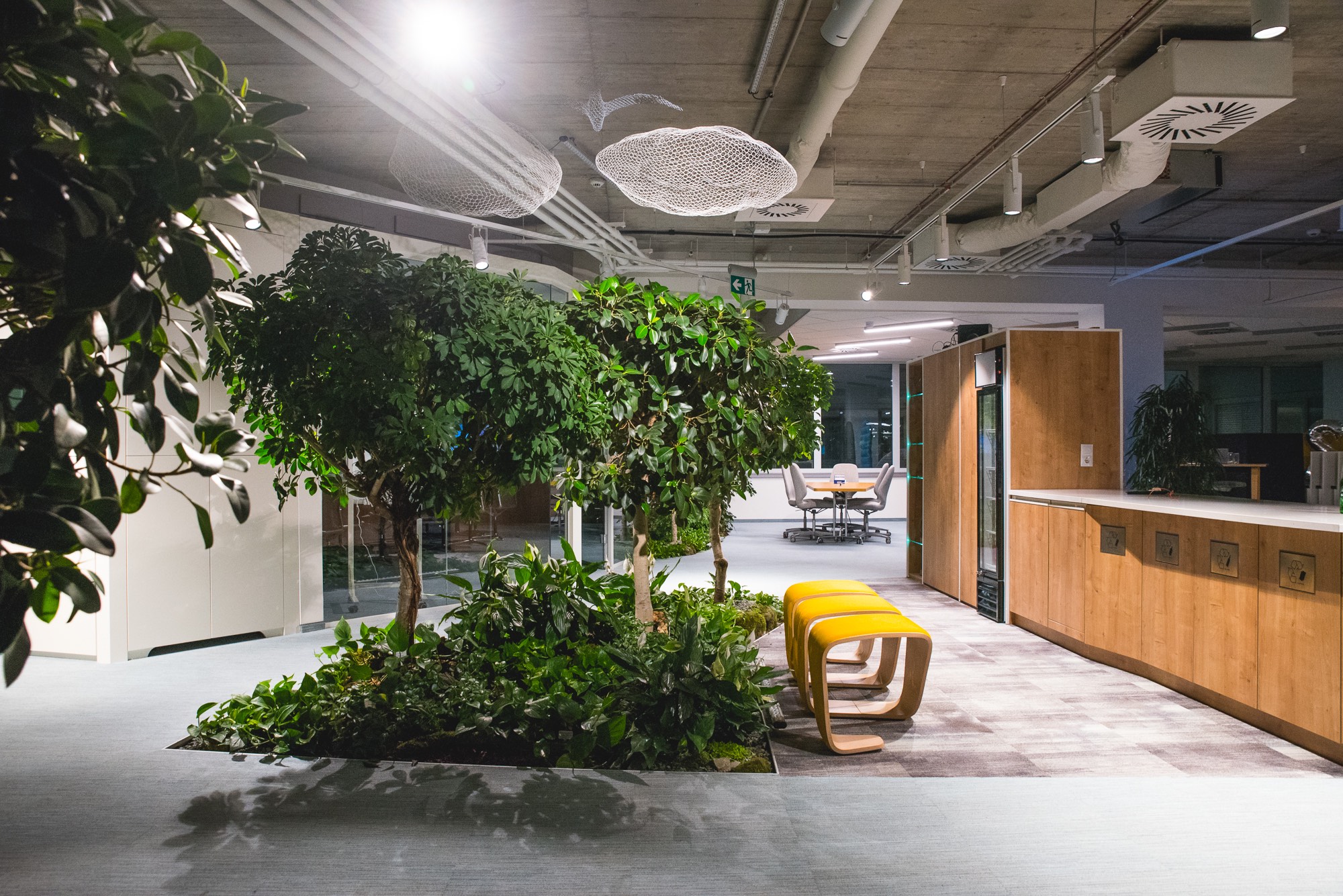Reports Highlight Sustainable use of Biodiversity, ‘Nature Values’ Preservation

Image by Chinnapong / Shutterstock.com
Biodiversa+, the European Biodiversity Partnership, a network of ministries and agencies across Europe that support research, has introduced two reports, “Sustainable Use of Wildlife” and “Diverse Conceptualization of the Multiple Values of Nature and its Benefits,” that were presented for approval at the ninth plenary session of the Intergovernmental Science-Policy Platform on Biodiversity and Ecosystem Services (IPBES) on July 3-9.
Biodiversa+ was launched in 2021 (see box for more details) and has five main objectives. These include promoting and supporting new research on topics that can lead to groundbreaking science and improving the monitoring of biodiversity and ecosystem services across Europe. It also aims to expand the evidence base for developing and deploying nature-based solutions, promoting efficient science-policy interfacing, and engaging with the IPBES to promote the international dimension of the partnership are essential elements of the project.
Frédéric Lemaître, whose role is described as a senior officer for the science-policy-society interface, introduced two new IPBES assessments and projects within them that illustrate how they might work.
The Buffer project, for example, falls under the “Sustainable Use” assessment and is a concrete example of Biodiversa+’s contribution to increasing socio-ecological resilience. The project looks at the ecological and socio-economical effectiveness of marine protected areas (MPAs), which contribute to maintaining healthy fish stocks, a crucial element for the health of our oceans and biodiversity.
“What Buffer showed, analyzing over 100 MPAs worldwide, is that different levels of protection have very different levels of effectiveness, especially depending on where they are placed from fully protected areas,” explained Lemaître.
The study found that 95% of protected areas in the Mediterranean do not have efficient regulations, for example. Out of the 6% of the Mediterranean Sea covered by MPAs, only 0.23% is ecologically efficient. Lemaître argued that this demonstrates how research and innovation can promote effective policy implementation.
Future Forests
GreenFutureForest, another “Sustainable Use” project, illustrates scenarios for a sustainable “future forest” infrastructure and produced simulations for land use, forestry, and conservation, from global to local scales. The work can guide forestry and conservation strategies to secure wood production activities and improve the viability of forest species, as the former is a critical component of the transition from a fossil- to a bio-based economy.
The “Multiple Values of Nature” assessment focuses on how people’s values can be measured and used to support decision-making. The Connect project looked at how so-called “wild food,” in other words, food sourced from hunting or gathering (mushrooms, wild fruits, and plants), is valued across the EU and provided an overview of where and why people consume it.
After mapping the supply and demand of what they call “ecosystem services,” the researchers found that hunter-gathering activities have a strong cultural value for people in regions where it forms part of the traditions and cuisine.
The project has highlighted new methods for quantifying the value of ecosystem services in five case studies across Europe in collaboration with the public.
“Connect helped put this overlooked ecosystem service on the radar of EU policy,” said Tord Snäll, a professor at the Swedish University of Agricultural Sciences. “They concretely highlighted where there are mismatches between wild food provision and demand with their maps, which has been taken up in the IPBES assessment on Europe and Central Asia.”
Just Transition
Another example lies with urbanization, with several groups of people with different uses and values of nature. Professor Dagmar Haase of the Humboldt University of Berlin highlighted how research and innovation are advancing governance of nature in cities for a just transition to sustainability. As urban spaces have increased, covering 5-8% of the globe’s surface, biodiversity value grows.
This project has advanced local authorities’ management of urban and peri-urban nature by showing the uses and values of the services rendered, the scales of governance required to enable ecological efficiency, and the linking of different cities around their biodiversity management practices and experiences.
Haase presented four examples of why city authorities need to plan for developing green and blue spaces sustainably and equitably. Trees, for instance, are creators of co-benefits by housing the maximum biodiversity of other species like birds, pollinators, and other insects. They are also significant due to their heat limitation, air freshening, and local water-saving functions in climate change mitigation, so planting diverse trees along our streets is one of the most effective cleansing measures in urban areas.
Secondly, studies found gardens to be multi-functional in environmental and social terms. While they produce local food that contributes to 5-10% of the vegetable supply for the surrounding population, plants, like trees, host biodiversity. In addition, gardens decrease the building pressure of big cities and create social spaces for people.
Brownfields, another host for biodiversity, were discovered as places where wild and diverse trees, shrubs, and vascular plant communities grow without human intervention. As Haase highlighted in a final remark, nature has human cultural functions, so equity is needed to make these benefits accessible for everyone, especially the most vulnerable.
Biodiversa+ is a European Union co-funded partnership with national and local members, established in the context of Horizon Europe, a science framework program of the European Commission. The partnership targets a total budget of more than EUR 800 million by combining individual contributions from partners with investment by the European Commission.
Building on the 15-year legacy of its predecessor Biodiversa, Biodiversa+ comprises research and environmental policy actors from 36 European states and associated countries, including Brazil, Morocco, and Taiwan.
Hungary’s funding partner in the Biodiversa+ partnership is the National Research, Development and Innovation Office, making it possible for Hungarian organizations to apply for any joint transnational calls announced. The advisory board of Biodiversa+ is presided by Hungarian ecologist András Báldi, bringing Hungary’s role and engagement in the partnership to another level.
The Intergovernmental Science-Policy Platform on Biodiversity and Ecosystem Services is described as an “independent intergovernmental body that is open to all member countries of the United Nations.” The IPBES HQ was officially opened in the UN Campus in Bonn, Germany, in July 2014.
This article was first published in the Budapest Business Journal print issue of September 9, 2022.
SUPPORT THE BUDAPEST BUSINESS JOURNAL
Producing journalism that is worthy of the name is a costly business. For 27 years, the publishers, editors and reporters of the Budapest Business Journal have striven to bring you business news that works, information that you can trust, that is factual, accurate and presented without fear or favor.
Newspaper organizations across the globe have struggled to find a business model that allows them to continue to excel, without compromising their ability to perform. Most recently, some have experimented with the idea of involving their most important stakeholders, their readers.
We would like to offer that same opportunity to our readers. We would like to invite you to help us deliver the quality business journalism you require. Hit our Support the BBJ button and you can choose the how much and how often you send us your contributions.









